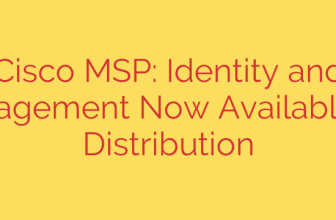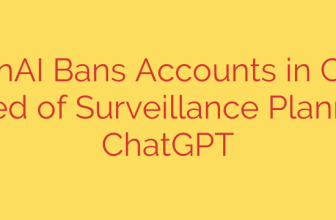
Maximizing Your Bug Bounty ROI: A Strategic Guide for Smarter Security
Bug bounty programs have become a cornerstone of modern cybersecurity, offering a powerful way to leverage the global talent of ethical hackers to find and fix vulnerabilities. However, many organizations launch these programs only to find themselves overwhelmed by a flood of low-quality reports, straining internal resources and delivering questionable value.
The difference between a cost-draining bug bounty program and a high-value security asset lies in strategy. By moving beyond a simple “find bugs, get paid” model, you can build an efficient, scalable, and highly effective program that strengthens your security posture without wasting your budget.
Here’s how to optimize your bug bounty program for maximum results.
The Challenge: Taming the Flood of Vulnerability Reports
A common pitfall for new bug bounty programs is an open-ended scope that invites a high volume of submissions, many of which are low-impact, out-of-scope, or duplicates. This creates a significant burden on your internal security and development teams, who must spend valuable time triaging and validating reports instead of focusing on critical threats.
The goal isn’t to get more reports; it’s to get more impactful reports. The key to success is shifting from a quantity-based mindset to a quality-based one.
Step 1: Define a Clear and Strategic Scope
A well-defined scope is the foundation of a successful program. It acts as a clear guide for security researchers, directing their efforts toward your most critical assets and technologies. Without it, you’re inviting noise and wasting everyone’s time.
- Start Small and Scale Intelligently: Don’t open the floodgates by putting your entire digital footprint in scope from day one. Begin with a limited scope, such as a single application or a specific domain. This “crawl, walk, run” approach allows your team to develop an efficient workflow for triage, validation, and remediation before expanding.
- Be Explicit About What’s In and Out: Your scope documentation should be crystal clear. Explicitly list the assets, domains, and vulnerability types that are eligible for rewards. Equally important, create a detailed list of what is explicitly out of scope. This can include things like denial-of-service (DoS) attacks, social engineering, and findings from automated scanners with no proven impact. This single step will dramatically reduce the number of irrelevant reports.
Step 2: Build a Ruthlessly Efficient Triage Process
Once reports start coming in, you need a system to quickly separate the signal from the noise. An inefficient triage process is a major resource drain and a source of frustration for researchers.
Your primary goal during triage is to validate three things: Is the report a legitimate vulnerability, is it in scope, and is it a duplicate?
- Establish Clear Service Level Agreements (SLAs): Set internal goals for first response time, triage time, and time to bounty. Quick and consistent communication shows researchers you value their work.
- Leverage Triage Partners: For organizations without a dedicated internal security team, partnering with a managed triage service can be a game-changer. These services handle the initial validation and filtering, ensuring your internal team only sees verified, actionable vulnerabilities. This frees up your engineers to focus on remediation.
Step 3: Foster Strong Relationships with Security Researchers
The ethical hacker community is your greatest asset in a bug bounty program. How you interact with them directly impacts the quality and quantity of the vulnerabilities you receive.
- Communicate Clearly and Professionally: Acknowledge receipt of every report promptly. Even if a report is a duplicate or out of scope, explain why clearly and respectfully. Treat researchers like valued partners, not vendors. A positive experience encourages them to continue testing your assets.
- Reward Fairly and Promptly: Bounties should be competitive and reflect the severity and impact of the vulnerability. Once a bug is validated, pay the bounty as quickly as possible. Delays in payment can damage your program’s reputation and deter top-tier talent.
Step 4: Integrate Findings into Your Development Lifecycle
Finding vulnerabilities is only half the battle; fixing them is what truly improves your security. To get the most value from your program, you must create a seamless pipeline from bug report to code fix.
- Connect Your Tools: Integrate your bug bounty platform with your internal ticketing systems, such as Jira or Azure DevOps. This allows you to automatically create tickets for validated bugs, assign them to the correct development team, and track the remediation process from start to finish.
- Analyze Root Causes: Don’t just fix individual bugs. Use the data from your bug bounty program to identify patterns. Are you seeing a lot of cross-site scripting (XSS) vulnerabilities in a particular application? This could indicate a need for more secure coding training for that team. Using bug bounty data to address root causes provides long-term security value.
By adopting a strategic, well-managed approach, you can transform your bug bounty program from a reactive, resource-intensive task into a proactive and highly efficient pillar of your overall cybersecurity strategy.
Source: https://www.helpnetsecurity.com/2025/10/07/bug-bounty-rewards-better-results/








